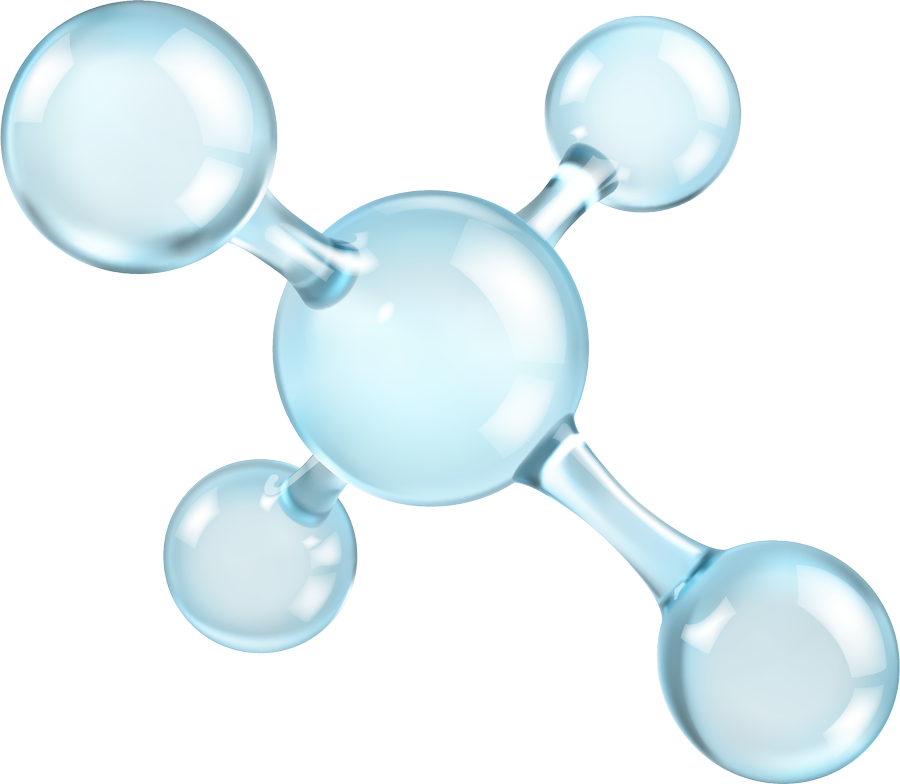Starting with
The History
C2E2 is a proven agent in removing harmful radioactive material and heavy metals from the body. We’re making it accessible by pioneering it’s bioavailability.
The History of Ca-DTPA and Zn-DTPA
Ca-DTPA (trisodium calcium diethylenetriaminepentaacetate) and Zn-DTPA (trisodium zinc diethylenetriaminepentaacetate) have been used extensively for over forty years as investigational agents in the treatment of individuals exposed to varying levels of radionuclides. The FDA found these agents to be safe and effective based on a careful review of published literature articles as well as data maintained in a U.S. Registry of individuals with internal radioactive contamination from acute occupational exposure. Both Ca-DTPA and Zn-DTPA were found to increase the urinary excretion of plutonium, americium, and curium.
Approved for Injections
In August 2004, the FDA approved new drug applications for Ca-DTPA and Zn-DTPA injections for the treatment of individuals who had been contaminated with radioactive americium, curium or plutonium. Both of these agents are salts of DTPA which is a chelating agent that forms stable complexes with these transuranic elements, thereby increasing their excretion from the body.
The Problem
Difficult to Treat the Masses
Exposure to radioactive elements is currently treated with decorporation agents that have to be administered intravenously. In situations where there may be mass casualties, such as a nuclear accident or dirty bomb, intravenous injection (IV) by a healthcare professional is an impractical treatment option. A high percentage of the exposed population would likely go untreated. Captura Pharmaceuticals is developing an oral decorporation agent that can be distributed and administered easily; this ease of use is critical for the treatment of a large number of affected individuals.
No Current Treatment for Gd Toxicity
Heavy metals also pose a serious health risk. It is well known that even small amounts of lead can cause serious health problems. Children younger than 6 years are especially vulnerable to lead poisoning, which can severely affect mental and physical development. There is a growing awareness of the potential for toxicity associated with the release of Gd ions from these MRI contrast agents and no current treatment available. These Gd deposition toxicity concerns have recently been noted by FDA1. Gd deposition can occur with the dosing of Gadolinium Based Contrast Agents (GBCAs) as part of Magnetic Resonance Imaging (MRI) medical procedures. Reported signs and symptoms of Gd deposition toxicity include mental confusion, joint pain, muscle weakness, skin problems and Nephrogenic Systemic Fibrosis, which is a potentially life threatening illness. It is estimated that GBCAs were used in 42% of the 40 million (8.4 million) MRI procedures in 2016. No current therapies exist for patients that may experience Gd toxicity.
The Solution
C2E2
Captura is developing a drug called C2E2 for treatment of individuals who have been contaminated by radioactive elements and heavy metals.
Digested Orally
C2E2 is a radionuclide decorporation agent that works by binding transuranic elements in the bloodstream and enhancing their elimination before they can be trapped inside critical organs where they can do significant damage. Because C2E2 can be taken orally, it has significant advantages for use in a mass casualty scenario over currently available products which must be administered by intravenous injection.
Removes Toxic Metals
Captura Pharmaceutical is also interested in removal of other non-radioactive toxic metals. In addition to C2E2's utility in cases of exposure to radioactive elements, C2E2 has been shown to bind and enhance the elimination of non-radioactive toxic heavy metals such as mercury, lead (Pb) and gadolinium (Gd). Chief among these is gadolinium (Gd), a principal component of contrast agents used in Magnetic Resonance Imaging (MRI).
